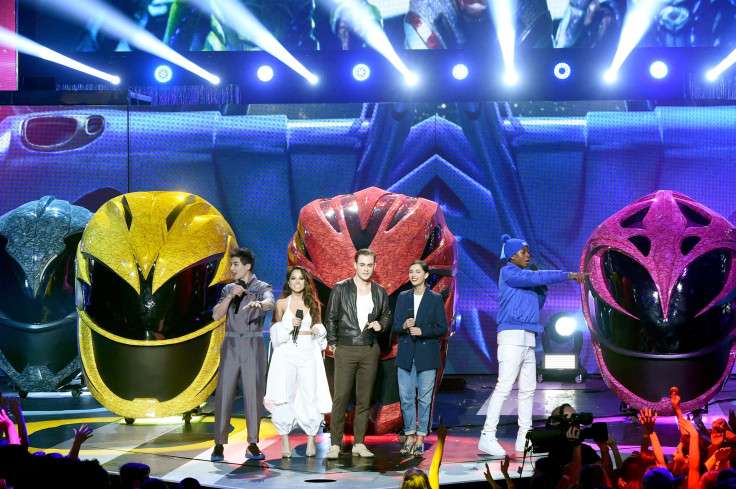How Many Gay People Are There In the World? LGBTQ Representation Breaking Through In Kids Movies

It's early in 2017, but its looks like this could be the year LGBTQ people are represented in the kind of media that has been most resistant to depicting gay characters — movies made for kids.
Disney's live-action "Beauty and the Beast" remake smashed box office records this weekend, bringing in $170 million domestically despite generating controversy. One of the film's supporting characters has an "exclusively gay moment" in the film, which consists of a brief dance with another man. The film's financial success must be welcome news for the creators of the upcoming Power Rangers film, which opens March 24 and will feature a teenager with otherwordly powers coming to terms with her sexual orientation, a character that has been called the first gay super hero to hit the silver screen.
Read: Disney Pulls Off 'Beauty And The Beast' From Malaysia Disagreeing To Censor 'Gay Moment'
Both of these films are big budget bets — "Beauty and the Beast" had a $160 million budget and "Power Rangers" was made for $106 million — and the fact that Hollywood studios are willing to court controversy by including gay characters in them shows how much the mainstream has warmed to depictions of homosexuality in popular media. But given the amount of LGBTQ people in the world, representation of non-straight people in films, especially in children's films, is still not reflective of the diversity of the spectrum of human sexual orientation.
The size of the LGBTQ community is hard to measure. In many places, identifying as gay or bisexual is still frowned upon. In others, homosexuality is a crime punishable by death. But in the U.S., greater acknowledgement and acceptance of LGBTQ people has only recently resulted in efforts to count them in a systemic way. The "unmarried partner" category was added to the decennial census in 1990, but the Census Bureau didn't provide estimates of same-sex married couples until 2005. But these still aren't very good estimates of how many LGBTQ people live in America.

Sex researcher Alfred Kinsey claimed that 10 percent of men were "more or less exclusively homosexual" in 1948. That 10 percent figure was claimed by gay activists in the 1960s as a way to show just how pervasive homosexuality was in the U.S. population, but recent research has found that figure to be an exaggeration, argues Gary Gates, a demographer with the Williams Institute.
Gates reviewed 11 large surveys of the U.S. population in 2011 and found that 3.8 percent of American adults, or about 9 million people, self-identify as LGBT. Gates also estimated that 8.2 percent of people reported having engaged in same-sex sexual behavior and 11 percent said they had experienced same-sex sexual attraction, a proportion of the population that translates to 26 million people — roughly the population of Texas.
Last year, the Williams Institute estimated the size of the U.S. transgender population, and came to the conclusion that 1.39 million, or 0.58 percent of the population, identified as transgender.
While a homosexual character appearing in blockbuster kids movies opening in back to back weekends might seem like a lot, it's really not. There are thousands of characters depicted in the nearly century-long history of children's cinema, and millions of questioning young people who watched those films and didn't see a single character who told them, either explicitly or implicitly, that even super heroes can be gay.
© Copyright IBTimes 2024. All rights reserved.






















